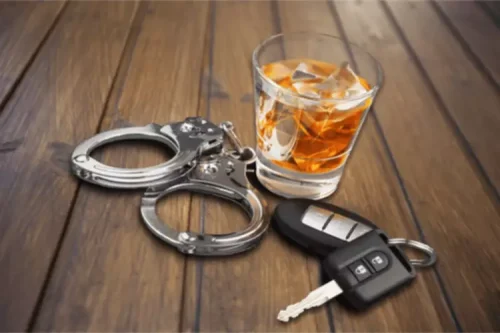Those ways are essential skills for everyone, whether recovering from addiction or not—it’s just that the stakes are usually more immediate for those in recovery. Many experts believe that people turn to substance use—then get trapped in addiction—in an attempt to escape from uncomfortable feelings. Many people seeking to recover from addiction are eager to prove they have control of their life and set off on their own. Help can come in an array of forms—asking for more support from family members and friends, from peers or from others who are further along in the recovery process. It might mean entering, or returning to, a treatment program; starting, or upping the intensity of, individual or group therapy; and/or joining a peer support group. Your physical and mental health play an immense role in your ability to become and stay sober.
Step-by-Step Guide to Recovery After Relapsing

It’s paved with challenges, but opportunities for growth and resilience accompany each. Keep faith in your ability to overcome setbacks, knowing that each step forward, no matter how small, brings you closer https://ecosoberhouse.com/ to healing and wholeness. Give yourself credit for each small gain you make — one week sober, one month off drugs, etc. For each goal you achieve, give yourself a reward as motivation to keep moving forward.

Factors That Influence the Likelihood of Relapse
Mindfulness and meditation are about being present and paying attention to what’s happening without judgment. Getting caught up in those thoughts and feelings is easy when craving something. But mindfulness can help you step back and observe those cravings without getting swept away.
Recurrence of Withdrawal Symptoms
Some models of addiction highlight the causative role of early life trauma and emotional pain from it. Some people contend that addiction is actually a misguided attempt to address emotional pain. However, it’s important to recognize that no one gets through life what to do after a relapse without emotional pain. Craving is an overwhelming desire to seek a substance, and cravings focus all one’s attention on that goal, shoving aside all reasoning ability. Perhaps the most important thing to know about cravings is that they do not last forever.
- Medication plays a critical role in supporting individuals through the addiction recovery process.
- You can take back your life from addiction and get to a place where you feel proud and fulfilled.
- If you are facing a depression relapse, one way to help manage your symptoms is to develop a journaling habit or expressive writing habit.
- Reaching out and getting professional help should be a top priority once you’ve decided to get your life back on track.
Reflecting On The Relapse Experience
Establishing a consistent routine is crucial for reinforcing positive behaviors and reducing the risk of relapse. Repetition and consistency are vital in promoting neuroplasticity, the brain’s ability to form and strengthen neural connections, aiding recovery. Consistency is a cornerstone of successful recovery from substance use disorders (SUD). It provides a stable framework that supports the healing process and helps individuals maintain sobriety. Maintaining long-term recovery after a relapse requires a multifaceted approach that emphasizes consistency, self-care, and robust support networks.
Create or Contact Your Support System
- We are located in beautiful southern California and welcome those from across the country.
- Although nothing with addiction is the same for everyone, these are some of the best ways to help someone who has relapsed.
- Finally, having suicidal thoughts is a strong sign that you may have severe depression.
- By providing the company of others and flesh-and-blood examples of those who have recovered despite relapsing, support groups also help diminish negative self-feelings, which tend to fester in isolation.
- Others surround themselves with protective factors that motivate them to stay sober.
- Ultimately, it is up to each individual to adjust their lifestyle and take responsibility for their actions.
Stages of Relapse

Creating a Relapse Prevention Plan

What to Do After a Relapse Step-by-Step
- If you are genuinely struggling with a depression relapse and feel you need more support, consider looking for a support group specifically aimed at those living with recurrent depression.
- The level of support a person receives in the months following their initial drug treatment will play a key role in preventing or causing a relapse to occur during this vulnerable time.
- Reconnecting with supportive individuals following a relapse can be a critical step in the recovery journey.
- Signs of a dry drunk include attending bars, refusing to seek therapy and obsessing over alcohol.